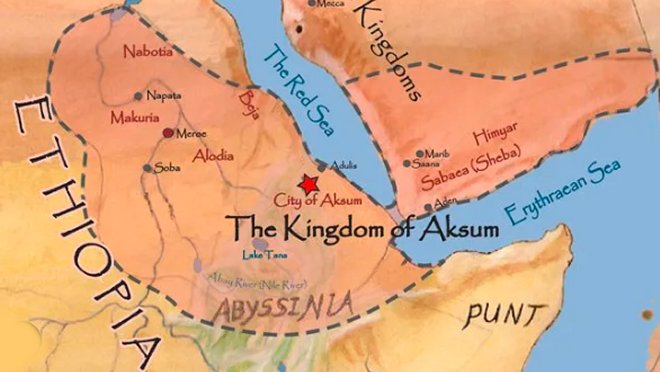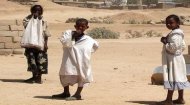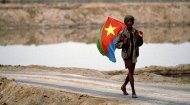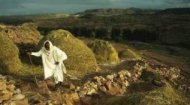|
Eritrea History |
Eritrea History |
Eritrea History | Eritrea History |

 |

|
With the opening of the Suez Canal in 1869, Eritrea took on new significance as it offered a secure port on the new trade route from the Mediterranean to the east. The Italian Societa di Navigazione Rubattino company purchased the Port of Assab along with stretches of the coastline on 15th November that year from the local Sultan. Italian influence and control of Eritrea continued over the next few decades. In 1889 Ethiopian Emperor John IV died in fighting against an army from Sudan and was replaced by Emperor Menelik who saw advantage in developing a friendship with the Italians by signing the Treaty of Uccialli in 1889 which effectively recognised Italian 'ownership' of Eritrea along with territories around Keren, Massawa and Asmera in northern Ethiopia in exchange for 30,000 muskets and 28 cannons to secure his own position. It was this treaty that was to prove so contentious in later years as Ethiopia saw the treaty as a mechanism for calling upon Italian military support when required, whilst the Italians saw it as a recognition that Ethiopia was effectively an Italian protectorate. So concerned was Menelik that he tore up the treaty four years later and marched 70,000 troops into Eritrea inflicting one of the most disastrous and bloody defeats on a colonial power throughout Africa's colonial history above). A peace treaty was signed in Addis Ababa in 1896 in which Italy acknowledged Ethiopia as a fully independent state and the border between Ethiopia and Eritrea was defined as the Mareb river. Italy then began its colonial rule in Eritrea in earnest concentrating its energies on taking land from the indigenous population and giving to to Italian incomers. However Eritrea was on the wrong side of the allies in World War II. The British defeated the Italian Army there in 1941 and placed the colony under British military control. Eritrea was eventually given to Ethiopia in 1952 as part of the settlement following the Second World War, despite its plea to be granted self-determination and independence although some degree of autonomy was guaranteed. However, following the establishment and the crushing of Eritrea liberation movements, Emperor Haile Selassie of Ethiopia unilaterally dissolved the Eritrea parliament and annexed the country in 1962. That action marked the beginning of a thirty year struggle for independence, and then, following the defeat of Ethiopian troops in 1991 by Eritrea rebels, the long awaited opportunity for independence was confirmed following a 1993 referendum. However war between Eritrea and Ethiopia erupted once more in 1998 over disputed borders. The matter was settled in principle in 2000, however conflict remains as Ethiopia had refused to recognise the Eritrea Ethiopia Boundary Commission's findings of 2007, and there are concerns that the border dispute may well flare up again. Today Eritrea, despite its rich past, is an impoverished nation, with around 80% of its population reliant upon subsistence farming. The video documentary (above) explores the history of Eritrea. |








